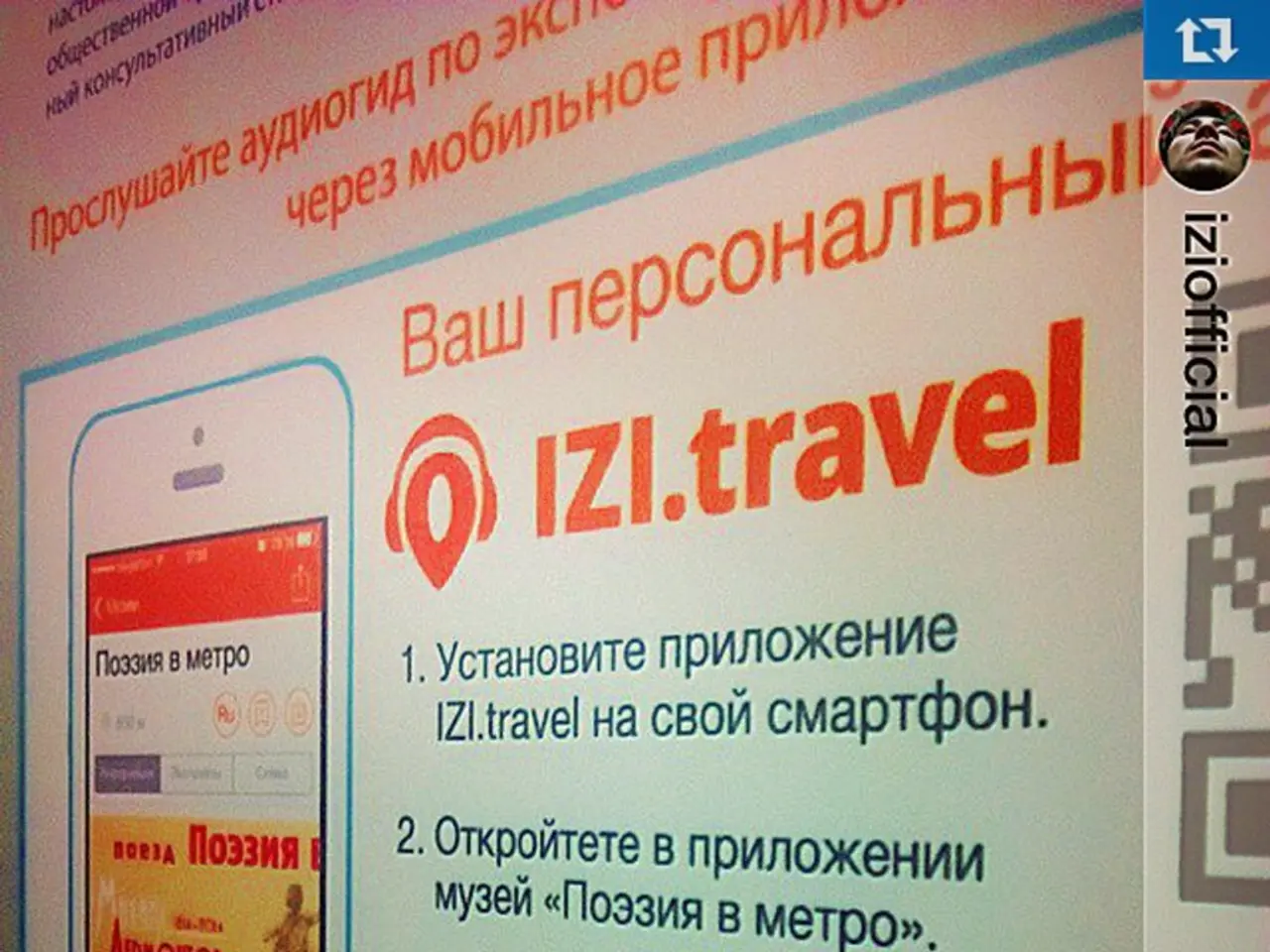Global Regulations and Recommendations for Stablecoins
Warnings issued by the Chair of the Financial Stability Board regarding potential hazards associated with the use of stablecoins
Stablecoins, digital assets pegged to a stable store of value such as the U.S. dollar or gold, are becoming increasingly significant in the cryptocurrency landscape. As concerns about regulatory arbitrage, risk management, and consumer protection arise, regulatory developments are aimed at addressing these issues.
United States: GENIUS Act
The GENIUS Act, signed into law on July 18, 2025, establishes a comprehensive regulatory framework for stablecoins in the U.S. This landmark legislation requires stablecoins to be backed 1:1 with highly liquid assets like U.S. dollars or Treasury securities. It also creates the Stablecoin Certification Review Committee (SCRC), a group of key financial regulators tasked with overseeing compliance and risk management. Furthermore, the Act prohibits issuers from paying interest to stablecoin holders, aiming to reduce systemic risk and protect consumers.
European Union: MiCA Framework
The Markets in Crypto-Assets (MiCA) framework, now in effect, provides a comprehensive regulatory approach for crypto-assets, including stablecoins. MiCA emphasizes transparency, consumer protection, and risk management, setting clear guidelines for stablecoin issuers regarding asset backing and operational robustness.
Other Regions (Hong Kong, Singapore, UAE)
Similar to the U.S. and EU, these regions have introduced regulatory frameworks that prioritize safety and security, supporting innovation while mitigating risks.
Concerns and Recommendations
Regulatory Arbitrage
Regulatory arbitrage, where entities seek to exploit differences in regulatory environments to minimize costs or maximize advantages, is a potential issue. Harmonization of global regulations can help reduce arbitrage opportunities, as both the GENIUS Act and MiCA aim to create robust but consistent regulatory standards.
Risk Management
Stablecoins face risks related to reserve management, operational failures, and market volatility. Strict reserve requirements, such as those in the GENIUS Act, help mitigate these risks by ensuring that stablecoins are fully backed by liquid assets.
Consumer Protection
Consumers may be exposed to risks due to misleading marketing or operational failures. Regulations like the GENIUS Act prohibit misrepresentation and require clear redemption policies, enhancing transparency and trust.
Future Directions
Regulatory clarity and consistency are essential for fostering stablecoin adoption while ensuring consumer protection and risk management. Global coordination and harmonization can help prevent regulatory arbitrage and support the growth of stablecoins as a reliable financial tool.
Summary Table: Key Regulatory Features
| Region/Regulation | Key Features | |-------------------|-------------| | U.S. GENIUS Act | 1:1 reserve backing with U.S. dollars or Treasuries, no interest payments to holders, strict disclosure requirements. | | EU MiCA | Comprehensive oversight, asset backing requirements, operational robustness standards. | | Hong Kong, Singapore, UAE | Emphasis on safety and security, risk management. |
These developments reflect a global trend towards more effective regulation of stablecoins, balancing innovation with consumer protection and systemic stability. The Financial Stability Board (FSB), an organization that monitors and makes recommendations about the global financial system, has also expressed concerns about stablecoins being outside the regulatory perimeter in some jurisdictions. Klaas Knot, the Chair of the FSB, warned of regulatory arbitrage in the stablecoin market and emphasized the "same activity, same risk, same regulation" principle for stablecoins.
- The Financial Stability Board (FSB) has expressed concerns about stablecoins being outside the regulatory perimeter in some jurisdictions, highlighting the risks associated with regulatory arbitrage in the stablecoin market.
- Klaas Knot, the Chair of the FSB, has emphasized the importance of applying the "same activity, same risk, same regulation" principle for stablecoins to ensure systemic stability and prevent regulatory arbitrage.
- The global finance, business, and technology sectors are closely watching recommendations by the FSB, as regulatory clarity and consistency are crucial for the growth and stability of stablecoins.
- With various regions like the U.S., EU, Hong Kong, Singapore, and UAE introducing regulation for stablecoins, there is a growing need for coordination and harmonization of global regulations to prevent regulatory arbitrage and create a stable environment for business and finance.




